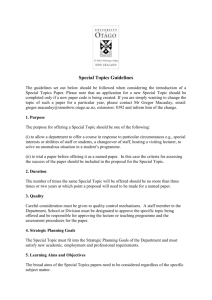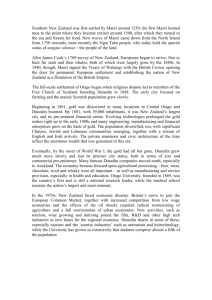Sea lion is a relative newcomer
advertisement
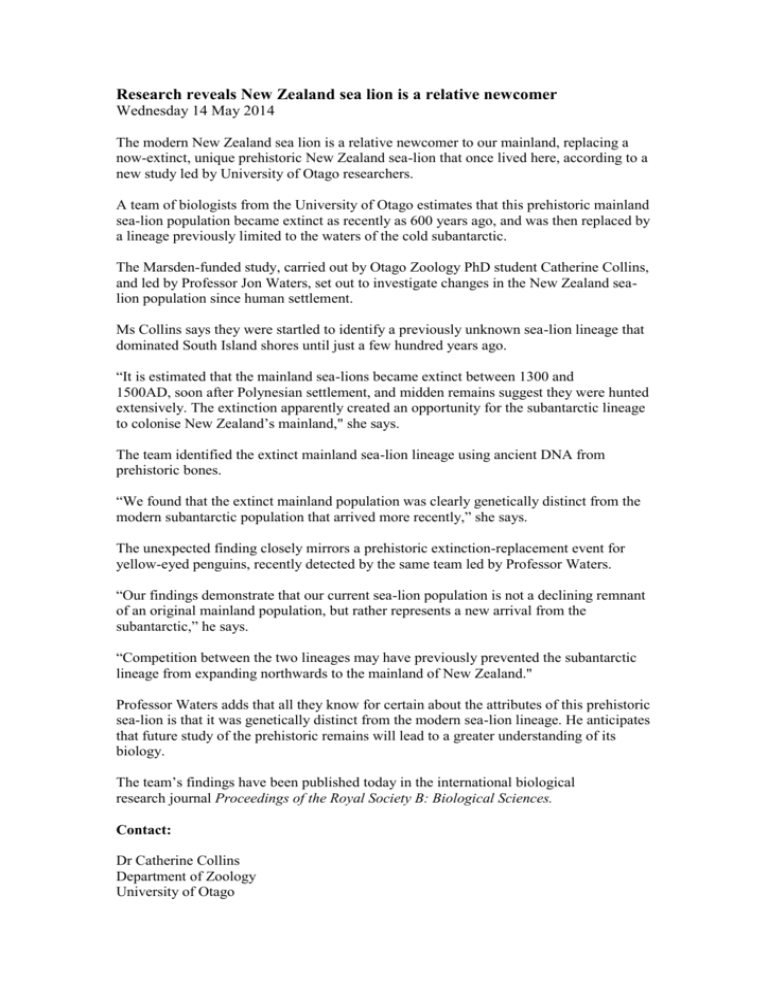
Research reveals New Zealand sea lion is a relative newcomer Wednesday 14 May 2014 The modern New Zealand sea lion is a relative newcomer to our mainland, replacing a now-extinct, unique prehistoric New Zealand sea-lion that once lived here, according to a new study led by University of Otago researchers. A team of biologists from the University of Otago estimates that this prehistoric mainland sea-lion population became extinct as recently as 600 years ago, and was then replaced by a lineage previously limited to the waters of the cold subantarctic. The Marsden-funded study, carried out by Otago Zoology PhD student Catherine Collins, and led by Professor Jon Waters, set out to investigate changes in the New Zealand sealion population since human settlement. Ms Collins says they were startled to identify a previously unknown sea-lion lineage that dominated South Island shores until just a few hundred years ago. “It is estimated that the mainland sea-lions became extinct between 1300 and 1500AD, soon after Polynesian settlement, and midden remains suggest they were hunted extensively. The extinction apparently created an opportunity for the subantarctic lineage to colonise New Zealand’s mainland," she says. The team identified the extinct mainland sea-lion lineage using ancient DNA from prehistoric bones. “We found that the extinct mainland population was clearly genetically distinct from the modern subantarctic population that arrived more recently,” she says. The unexpected finding closely mirrors a prehistoric extinction-replacement event for yellow-eyed penguins, recently detected by the same team led by Professor Waters. “Our findings demonstrate that our current sea-lion population is not a declining remnant of an original mainland population, but rather represents a new arrival from the subantarctic,” he says. “Competition between the two lineages may have previously prevented the subantarctic lineage from expanding northwards to the mainland of New Zealand." Professor Waters adds that all they know for certain about the attributes of this prehistoric sea-lion is that it was genetically distinct from the modern sea-lion lineage. He anticipates that future study of the prehistoric remains will lead to a greater understanding of its biology. The team’s findings have been published today in the international biological research journal Proceedings of the Royal Society B: Biological Sciences. Contact: Dr Catherine Collins Department of Zoology University of Otago Mobile: 027 741 8184 Email: catherine.collins01@gmail.com Professor Jon Waters Department of Zoology University of Otago Tel +64 3 479 5847 Mobile: 021 0339515 Email: jon.waters@otago.ac.nz
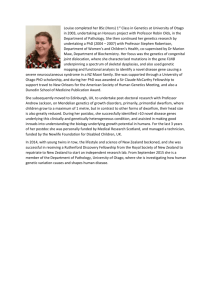


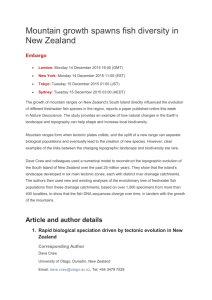
![the registration form [DOC format, 30KB].](http://s3.studylib.net/store/data/007326701_2-7aa061ae2787fe2d09dcfa408150476a-300x300.png)
